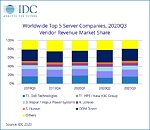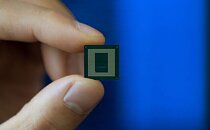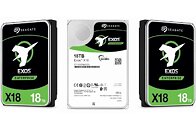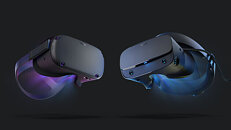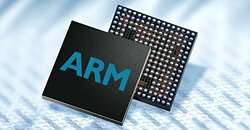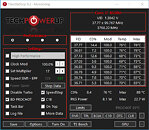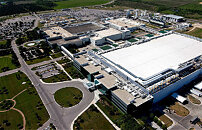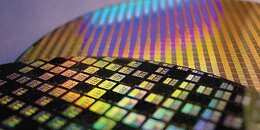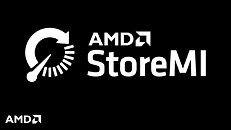Worldwide Server Market Revenue Grew 2.2% Year Over Year in the Third Quarter of 2020, According to IDC
According to the International Data Corporation (IDC) Worldwide Quarterly Server Tracker, vendor revenue in the worldwide server market grew 2.2% year over year to $22.6 billion during the third quarter of 2020 (3Q20). Worldwide server shipments declined 0.2% year over year to nearly 3.1 million units in 3Q20. Volume server revenue was up 5.8% to $19.0 billion, while midrange server revenue declined 13.9% to $2.6 billion, and high-end servers declined by 12.6% to $937 million.
"Global demand for enterprise servers was a bit muted during the third quarter of 2020 although we did see areas of strong demand," said Paul Maguranis, senior research analyst, Infrastructure Platforms and Technologies at IDC. "From a regional perspective, server revenue within China grew 14.2% year over year. And worldwide revenues for servers running AMD CPUs were up 112.4% year over year while ARM-based servers grew revenues 430.5% year over year, albeit on a very small base of revenue."
"Global demand for enterprise servers was a bit muted during the third quarter of 2020 although we did see areas of strong demand," said Paul Maguranis, senior research analyst, Infrastructure Platforms and Technologies at IDC. "From a regional perspective, server revenue within China grew 14.2% year over year. And worldwide revenues for servers running AMD CPUs were up 112.4% year over year while ARM-based servers grew revenues 430.5% year over year, albeit on a very small base of revenue."
